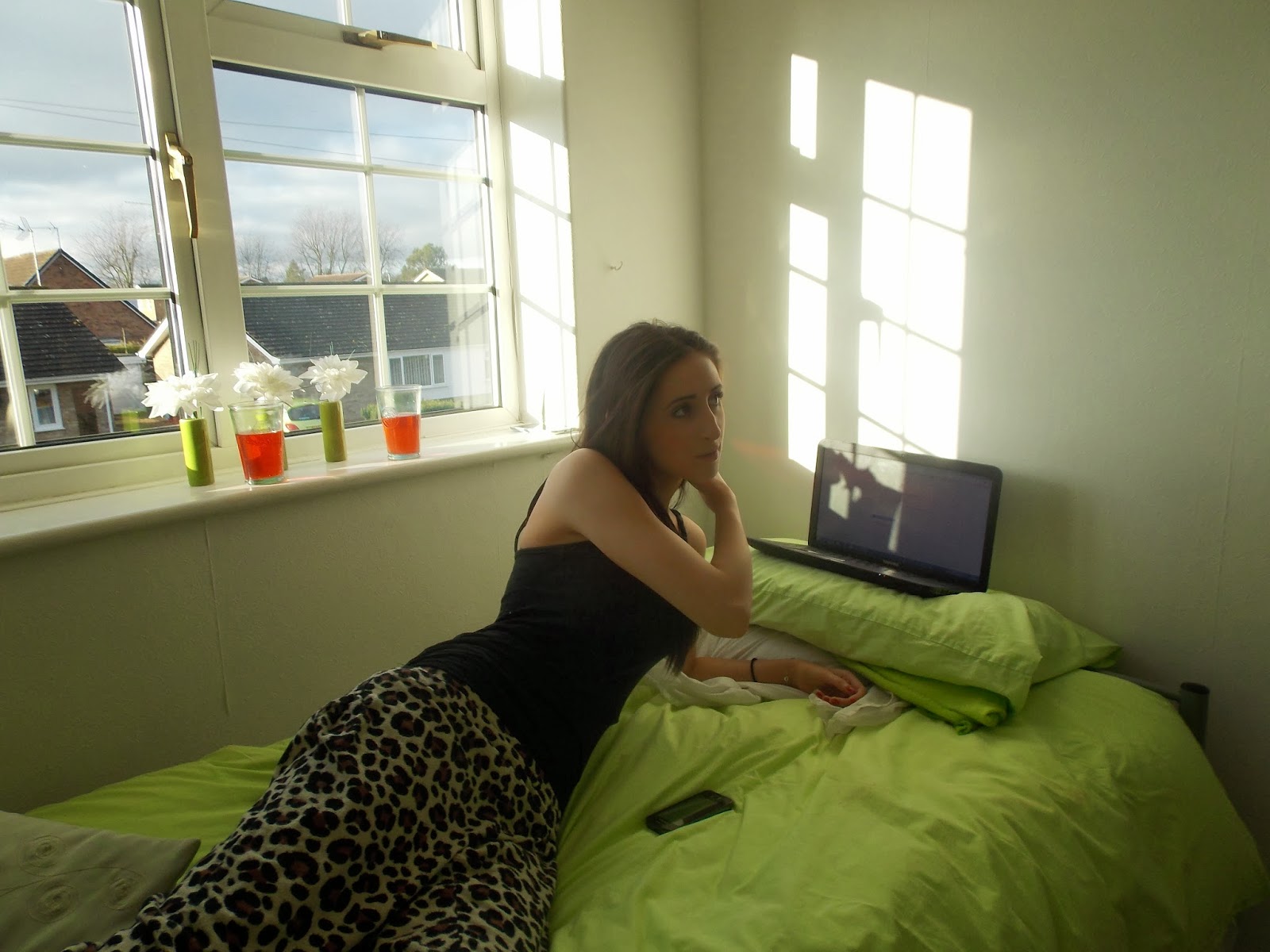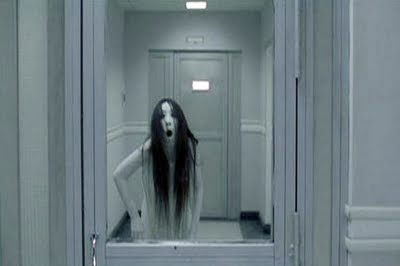Labels
- Construction (2)
- Evaluation Final Task (5)
- Final Task (1)
- Planning (10)
- Preliminary Task (10)
- Research (13)
Monday, January 27, 2014
Ideas for Production Company Logo/Name -
Costumes -
~ Costumes will have to look very realistic and the costume will match the characters personality. The expectation is that the costume has to look scary but that is not always the case.
THE HANNIBAL -
How does the costumes suggest a historical period?
~ The orange jumpsuit shows a part of the late 50's - 90's
What does the costume say about the characters background?
~ The costumes suggests that the character could have some personal issues, therefore he is needed to be strapped in and wear a straight jacket. The orange jumpsuit tells us he is from America and that he is a prisoner as this is what the have to wear.
What does the costume indicate on how the character feels?
~ The character is wearing a jumpsuit / straight jacket which could make him feel claustrophobic.
Sunday, January 5, 2014
Research - Horror films
What makes a horror character frightening?
A horror character needs to have a mysterious feel about it. The characters body language and facial expressions show what kind of character this is. Also if the character is hidden e.g. masks, sillouettes, blurred out.
How effective are the antagonists in horror films?
The antagonists are the main focus on the horror part of the film, for example in the start/middle of the films if the antagonists face is not given away it builds suspence.
Why are costumes so important?
- Show what type if personality the character has.
- Show where they are living (rough, scruffy, worn and torn) shows the character is not from a posh place.
- "Brand" the horror characters signature costume, e.g. (Saw "Jigsaw") wears the same thing every time so people recognise him.
Preliminary Task Evaluation
What have you learnt from doing this exercise? - From completeing my preliminary task i have learnt allot of things, some of which are; i have learnt how to work as a team to create a short film. I now know how to edit correctly using the correct software, i had never edited anything before but the programme i used was very easy and simple for me to use. I also understand how the 180 degree rule much better.
What skills have i developed?- From this is have developed new skills such as;
- Editing
- Acting
- Understanding camera angles
- Understanding the 180° rule.
- Team working
- Script writing
These skills have developed throughout doing the preliminary task. If i had to choose one i am most proud of it would be editing as i had never done that before but my end film turned out okay.
What feedback have i recieved?- I have recived some feedback from my Preliminary Task. I have recived some helpful comments on the video when i uploaded it onto Youtube. The pictures below are screenshots from the comments on the video.
How would i improve my Preliminary task? - To improve my preliminary task next time i would make sure when acting i remembet where i was looking, where my hands were and what position i was in, in the last peice of film. I would also ask or research about sound as in our preliminary task our music just cuts off where as i would prefer if it faded out but i was not sure how to do it at the time.
Script for Preliminary task
Kayleigh walks into the hall to take a seat next to Jess who is sitting on her own.
Kayleigh:
"Are you okay?"
Jess:
"Not really"
Kayleigh:
"Whats up? Do you need a chat?"
Jess:
"I'll be fine"
Kayleigh:
"Please, you can trust me you know you can"
Jess:
"My mum and me had a arguement last night and she is threatning to kick me out"
Kayleigh:
"Oh my god, im so sorry to hear that, i hope everything turns out okay"
Jess:
"I've gotta go"
Jess gets up and rushes past Kayleigh and down the stairs, as she gets to the bottom of the stairs she breaks down in tears and begins to cry and fall on the floor.
Kayleigh:
"Jess!" (shouts)
Kayleigh gets up from her seat and hurrys down the stairs to comfort Jess. When she gets to Jess she sits down beside her and puts her arm on her.
Kayleigh:
"Come on, it will be okay"
180 Degree Rule
What is it?
The 180 degree rule is where the cameras are placed to show the correct shots of characters so that the characters eyelines match up. In the diagram below it shows two characters and it shows where the correct angle for each camera needs to be to create the 180 degree rule, the camera with the cross through it shows that the camera should not be there so therefore it is in the wrong place.
















